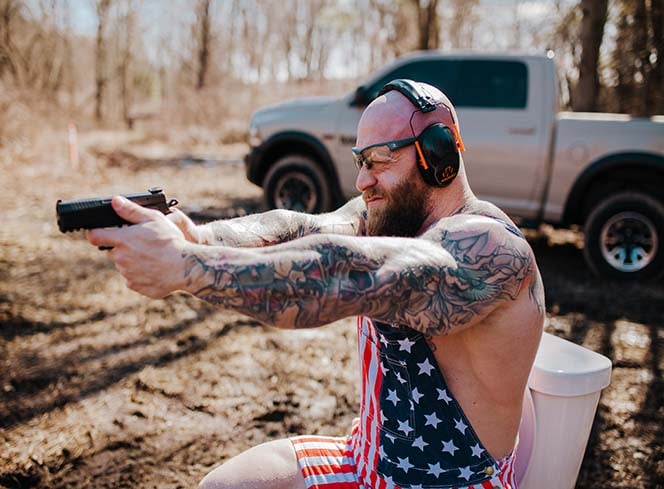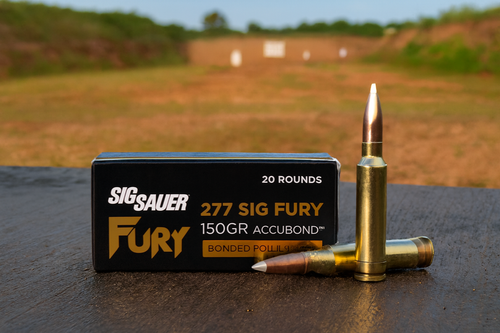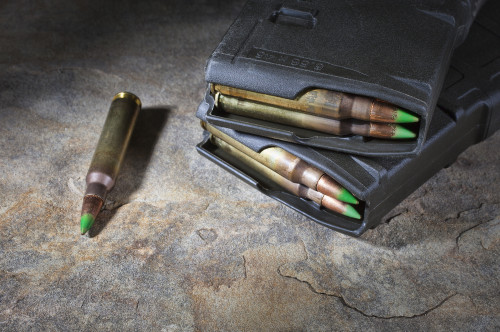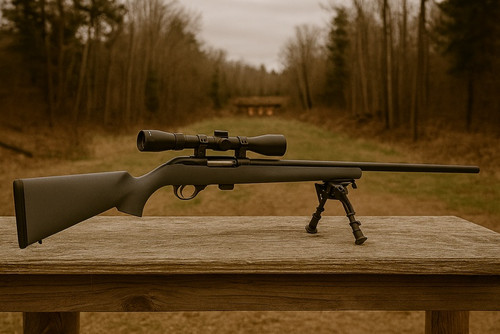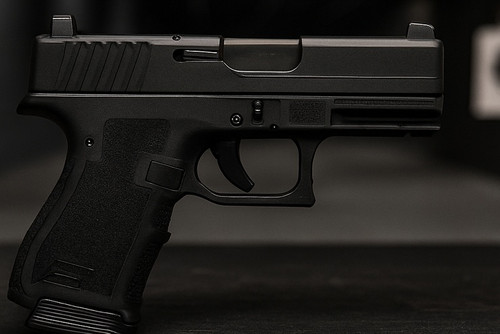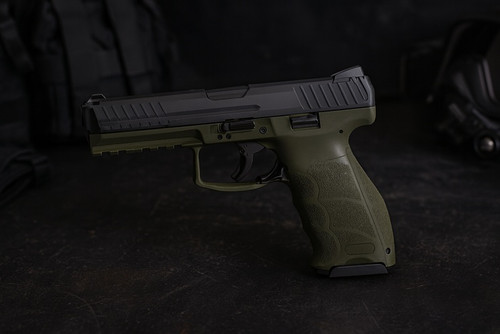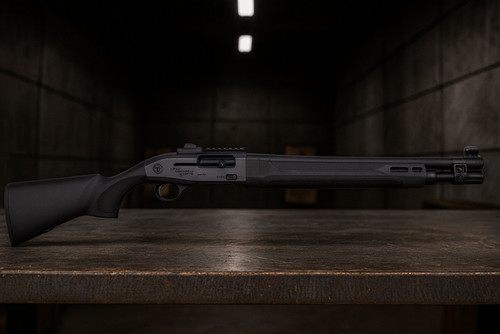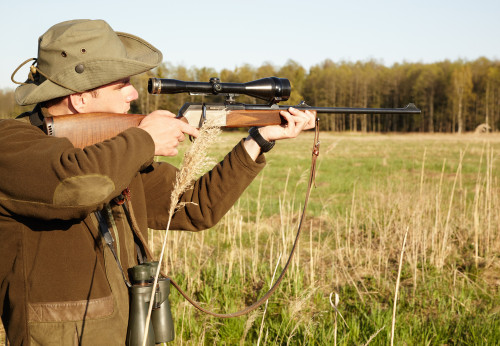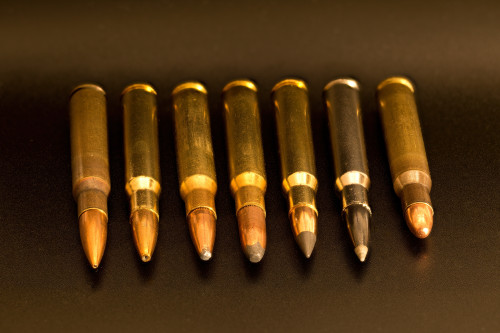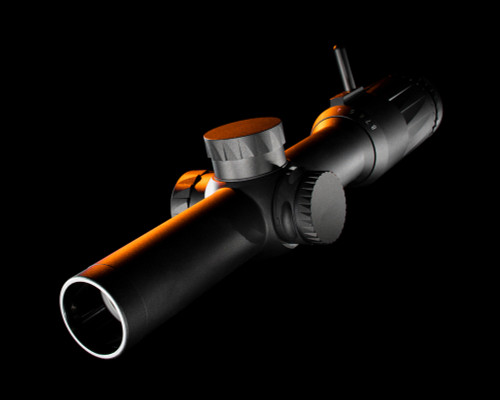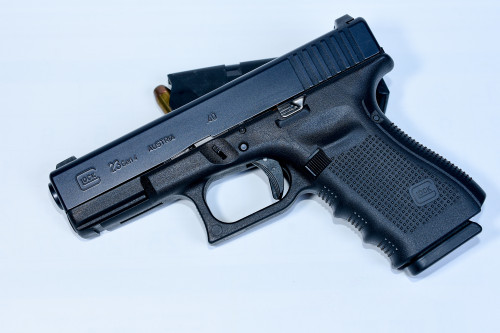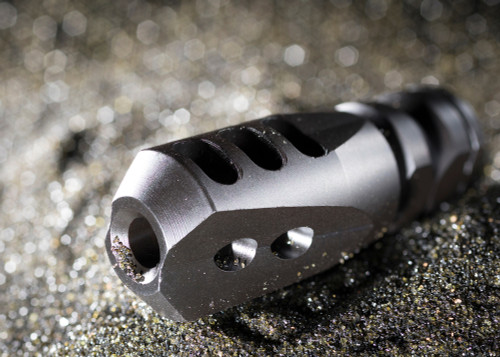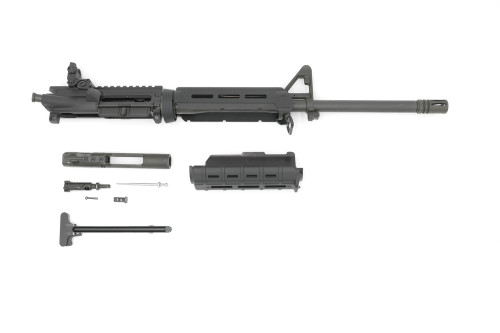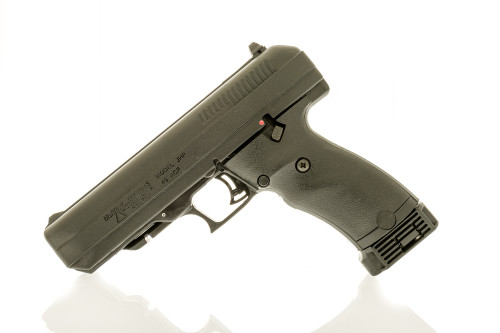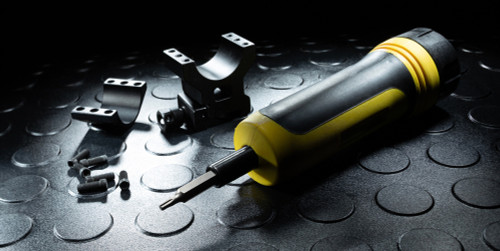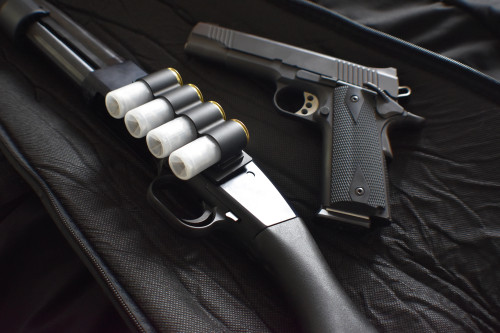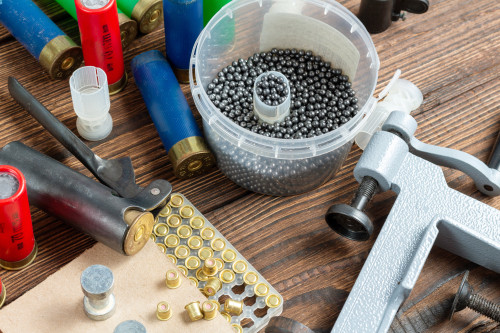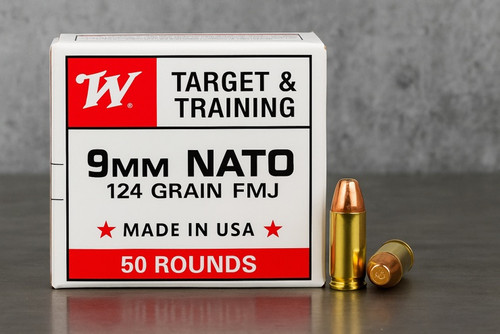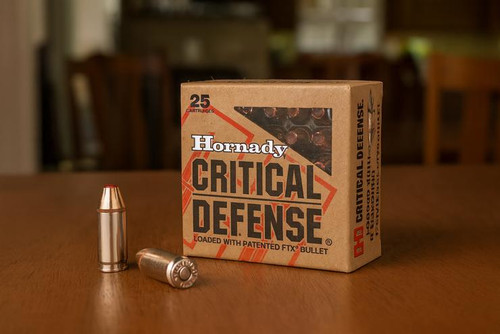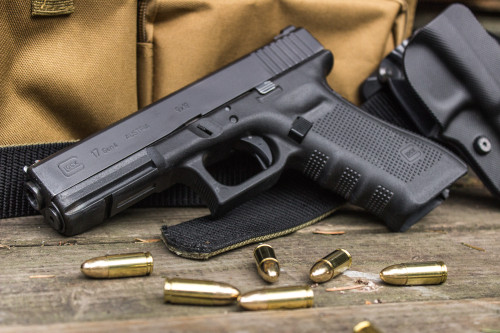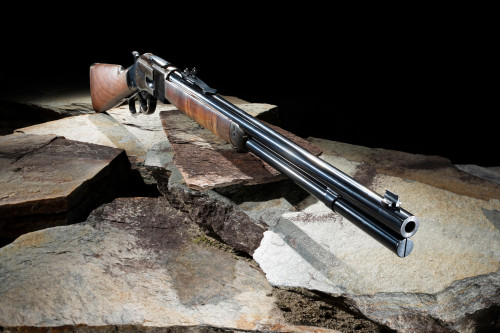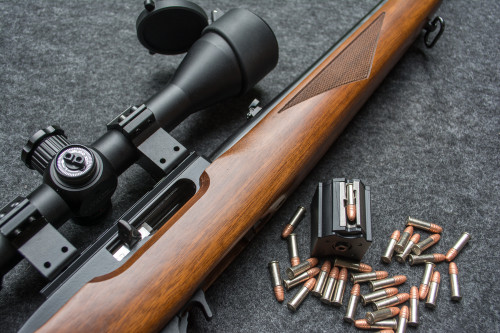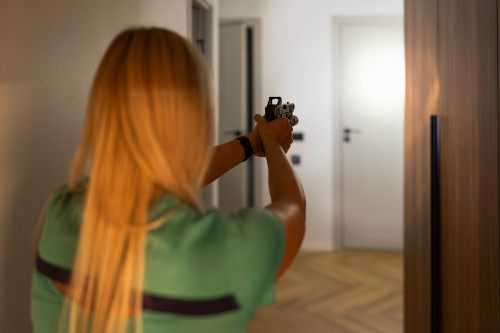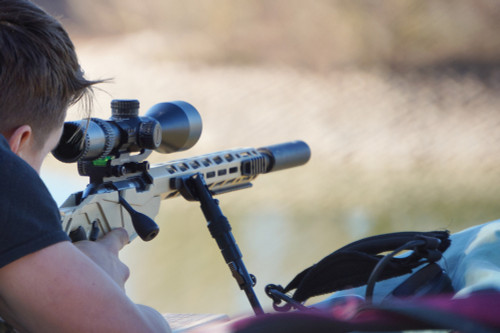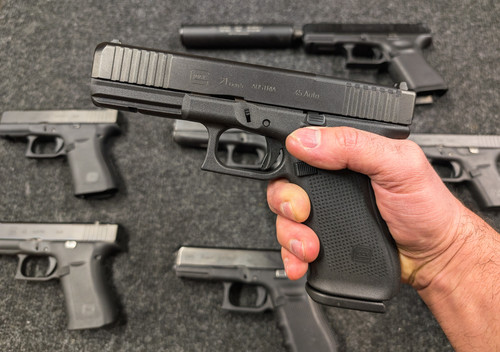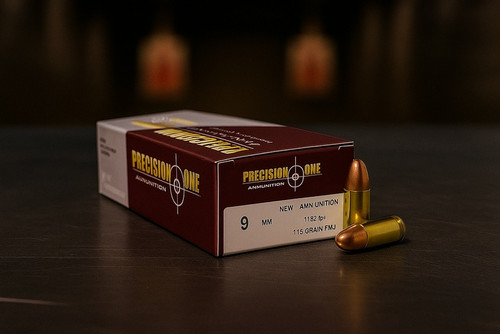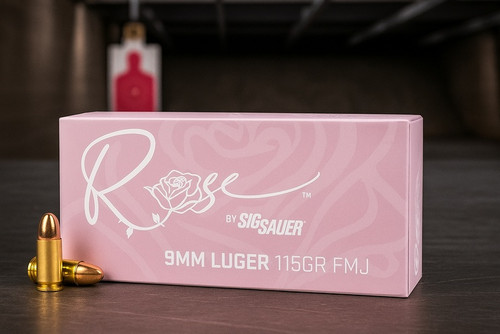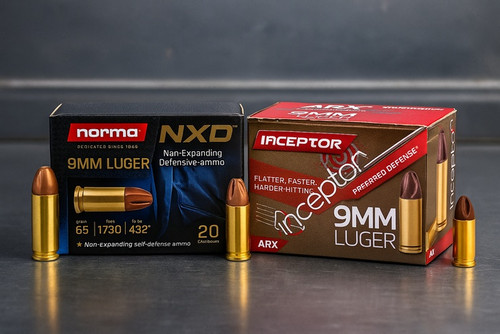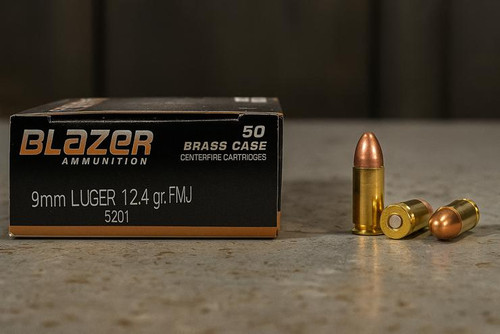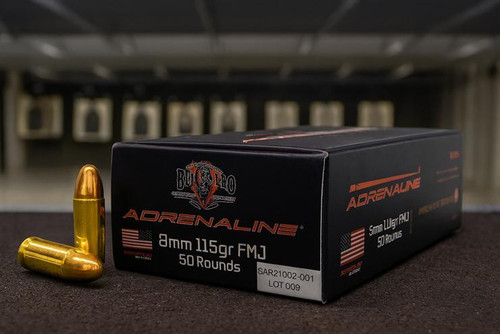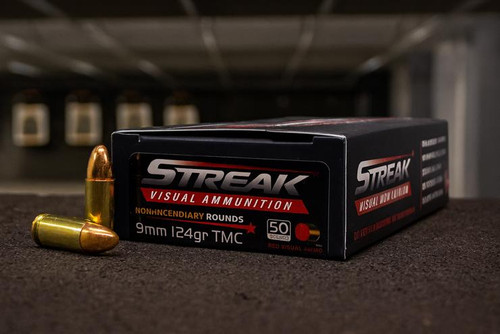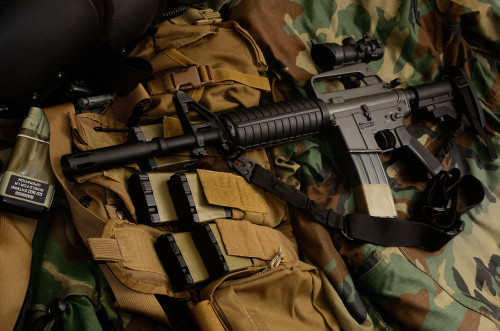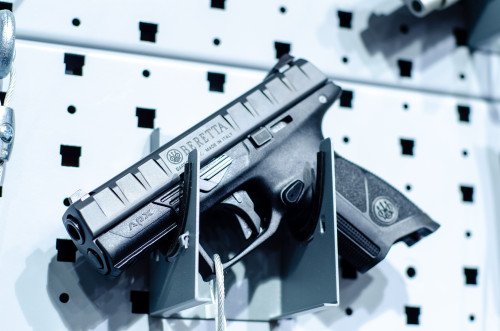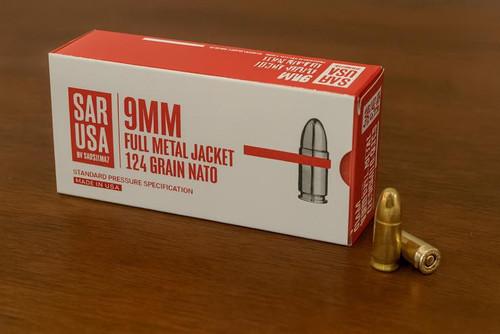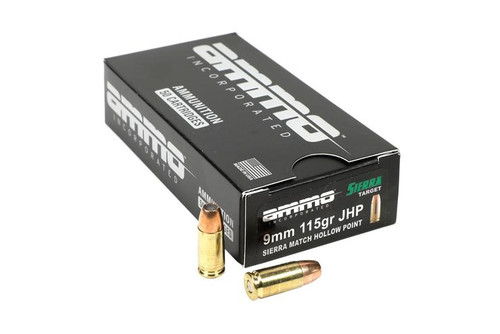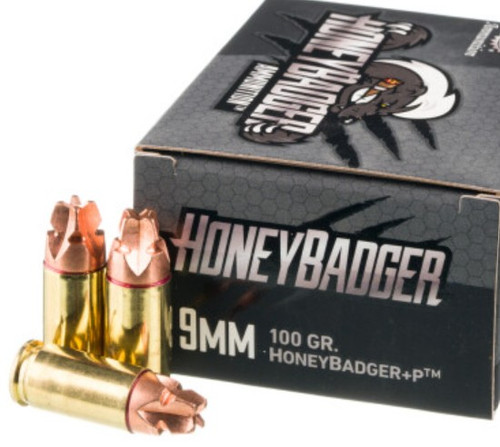Why 100-Grain 9mm Ammo Exists—and Who It’s For
Most 9mm shooters are familiar with the common projectile weights: 115, 124, and 147 grains. But tucked between standard shelves and specialized offerings, you might find something lighter—100-grain 9mm loads. And that raises a valid question: is it any good?
The answer is yes—when used for the right reasons.
100-grain 9mm ammo wasn’t designed to replace standard weights. It’s a purpose-built load class developed to deliver higher velocity, faster energy transfer, and softer recoil, particularly when fired from short-barreled carry guns like the SIG P365, Springfield Hellcat, or Glock 43.
These rounds are designed with defensive use in mind, but some frangible or low-recoil variants also fit into specific training or competition roles. Understanding where 100-grain ammo excels—and where it doesn't—is key to knowing if it belongs in your mag.
What 100-Grain 9mm Ammo Is Designed For
Lightweight projectiles like 100-grain 9mm are built to:
- Achieve higher muzzle velocity (1,200–1,400 fps)
- Expand quickly upon impact for effective energy transfer
- Minimize recoil, improving shot-to-shot recovery
- Perform reliably in subcompact pistols where heavier loads may underperform
They're generally not optimized for barrier penetration or extended-range consistency, but they excel in close-range, self-defense situations—especially when fired from everyday carry pistols with barrels under 4 inches.
What Options Are Available? Who Makes 100gr 9mm Ammo?
Here’s a look at the leading 100-grain 9mm loads available for purchase in 2025 and their intended applications:
| Brand / Load | Velocity (fps) | Projectile Type | Primary Purpose |
|---|---|---|---|
| Hornady Critical Defense Lite | ~1,125 | FTX Hollow Point | Low recoil, compact carry |
| Federal Premium Punch | ~1,240 | Jacketed Hollow Point | EDC, balanced gel performance |
| Black Hills HoneyBadger +P | ~1,300 | Fluted Solid Copper | Barrier-blind self-defense |
| CorBon Pow’RBall +P | ~1,475 | Polymer-tipped Hollow Point | Feeding reliability in small guns |
| Sellier & Bellot XRG Defense | ~1,300 | Solid Copper Hollow Point | Clean-burning, EDC duty |
| SinterFire Special Duty | ~1,250 | Frangible Hollow Point | Indoor defense, CQ training |
| Honor Defense Frangible HP | ~1,250 | Frangible Hollow Point | Shoot house, reduced ricochet |
| Blazer Brass 100gr FMJ (limited) | ~1,150 | Full Metal Jacket | Low-recoil training (rare) |
| Atlanta Arms Steel Challenge 100gr | ~1,200 | Match FMJ | Speed-focused competition use |
Use Case Breakdown: Where 100gr Fits—and Where It Doesn’t
Best Fit: Self-Defense
This is where 100gr 9mm shines. These rounds are typically engineered for fast, controlled expansion, especially in shorter barrels that don’t generate enough pressure for reliable hollow point expansion in heavier bullets.
Use case highlights:
- Micro-compact pistols (SIG P365, Glock 43, Hellcat)
- Urban EDC where over-penetration is a concern
- Shooters with low recoil tolerance (new shooters, seniors, etc.)
- Quicker follow-up shots
Standouts like Federal Punch, Hornady Lite, and Black Hills HoneyBadger consistently perform in ballistic gel and real-world testing, making them some of the most compelling light-for-caliber options on the market.
Limited Fit: Range and Training
While 100-grain defensive ammo performs well in a fight, it’s not ideal for range work due to price and availability. However, a few specialty options exist:
- SinterFire and Honor Defense frangible rounds are perfect for shoot houses, steel targets, and close-in drills with low risk of ricochet.
- Blazer 100gr FMJ (when available) offers a rare low-recoil range experience but isn't common.
- Federal BallistiClean also offers 100gr training rounds in certain configurations for law enforcement and indoor use.
Niche Fit: Competition
If you’re shooting Steel Challenge or USPSA Carry Optics and want soft-shooting ammo with flat trajectory, 100gr FMJ loads like Atlanta Arms Steel Challenge might give you a speed edge. That said, most match shooters still prefer 115–124gr for cost and availability.
Why Go Light? Pros and Cons of 100gr 9mm Ammo
Advantages
- Higher velocities (~1,200–1,475 fps) even from compact barrels
- Less felt recoil, improving control in lightweight handguns
- Faster expansion with many premium hollow point designs
- More forgiving for new shooters or those with arthritis/sensitivity
- Often designed to minimize over-penetration
Drawbacks
- Shallower penetration in some designs (~10–12" in gel)
- Not ideal for barrier-rich environments unless using purpose-built rounds (e.g., HoneyBadger)
- Less cost-effective for training
- Point-of-impact shifts when switching to/from heavier training loads
- Fewer range-specific or bulk options in FMJ format
How Does 100gr Stack Up? A Performance Snapshot
| Category | Rating (Out of 5) | Notes |
|---|---|---|
| Self-Defense Use | 4.5 | Excellent from major brands in short-barrel pistols |
| Recoil Control | 4.7 | Very mild—ideal for follow-up shot speed |
| Barrier Performance | 3.5 | Varies by load—some are outstanding, others too light |
| Range Suitability | 2.8 | Limited FMJ options and higher per-round cost |
| Match/Competition Use | 3.0 | Viable for some, but not widely adopted |
Overall Rating: 3.7 / 5 – A purpose-driven class of ammo that shines in compact defensive roles but isn’t built for every job.
Final Verdict: Is 100-Grain 9mm Ammo Worth It?
If you're choosing your ammo based on how it fits your needs—rather than just the grain weight—then 100gr 9mm rounds make a compelling case. They're fast, light, and built with modern self-defense realities in mind. They perform exceptionally well in compact pistols where traditional hollow points might not expand consistently.
For shooters who want softer recoil, faster recovery, and reliable short-range stopping power, 100gr options like Federal Punch, Hornady Lite, and HoneyBadger deserve serious consideration.
But if you’re stocking up for range use or competition? You’re better off with heavier, more widely available FMJ ammo. These rounds aren’t made for training in bulk or winning matches—they’re engineered to perform when it counts.
Final verdict:
100-grain 9mm isn’t “better” or “worse”—it’s a specialist. And when paired with the right pistol and the right mission, it’s one of the smartest choices you can make.
While 100-grain loads offer a unique lightweight option, many shooters move up to 115-grain for everyday range and defensive use. To learn more, check out our 115-grain 9mm ammo review.
FAQs
1. Why would someone choose 100-grain 9mm ammo over standard weights like 115 or 124 grain?
100-grain 9mm loads are designed for higher velocity and reduced recoil, making them a great choice for shooters using compact pistols, those looking for faster follow-up shots, or anyone sensitive to recoil. They're purpose-built, not meant to replace heavier loads—but to fill a specific role in self-defense or performance shooting.
2. Is 100-grain ammo reliable for self-defense?
Yes—if you choose the right load. Brands like Federal Punch, Hornady Critical Defense Lite, and Black Hills HoneyBadger have developed 100-grain loads specifically for defensive use. These are engineered to meet FBI penetration and expansion standards in most real-world scenarios.
3. Can I use 100-grain ammo at the range or for training?
While 100-grain defensive ammo is excellent for carry, it’s often more expensive and less common in FMJ form, making it less ideal for high-volume range use. Some frangible options like SinterFire or Honor Defense are suitable for tactical or indoor training, but most shooters still train with 115 or 124 grain for cost efficiency.
4. Will 100-grain 9mm shoot to the same point of impact as heavier rounds?
Not always. Due to its higher speed and lower mass, 100-grain ammo can impact slightly higher or lower depending on barrel length and your specific firearm. If you carry it, be sure to zero your sights with your carry load and test for consistency.
5. Is 100-grain ammo safe to use in all 9mm firearms?
Generally yes—especially when using loads from reputable manufacturers. However, always check your firearm’s manual, especially for +P-rated variants, as not all guns are rated for high-pressure loads. It’s also a good idea to test a few rounds for feeding and function before relying on any new ammo.



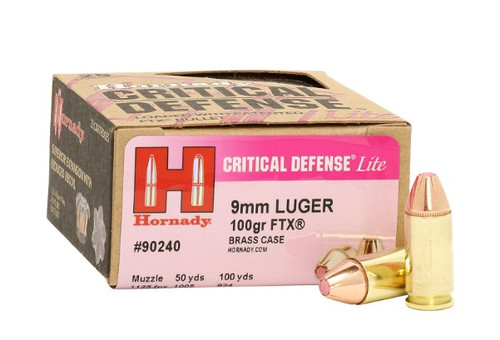
 Pro Armory Editorial Team
Pro Armory Editorial Team